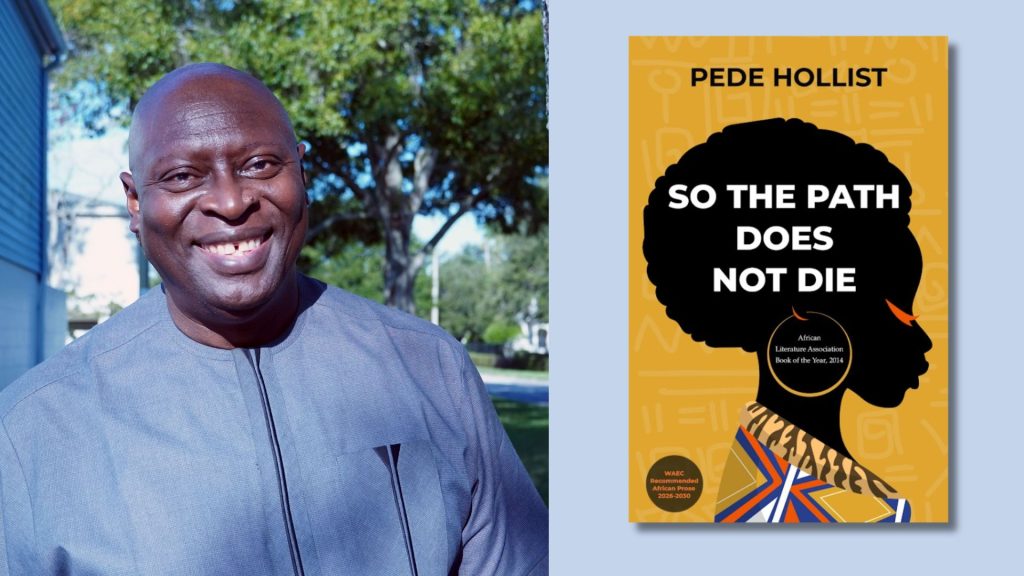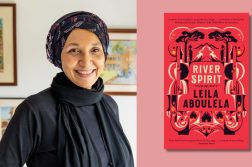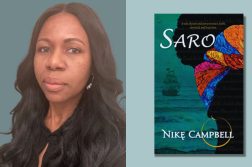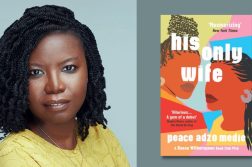|
Getting your Trinity Audio player ready... |

In her book, The Seven Necessary Sins for Women and Girls, Egyptian American writer and feminist, Mona Eltahawy says “It is cruel to abandon women and girls to a culture they had no say in ratifying ….” And that is just stating the obvious.
With the legitimacy of a gavel and state power, there’s something it seems that is inherently obnoxious about the shapes and contours, and anatomy of a woman. It is an affront to the sensibilities and on its own can cause chaos, it has to be hidden. Or as much as it is desired it has to be confined, bridled, like a horse. It is too unruly. Too wayward. A woman has too much juice. She’s too hot! And men want that, so when they convene, they leave the business of building—those things they gloat over, and invest in the business of subduing a woman, of breaking a woman. In the Gambia, the clitoris is an abomination. Men know better than God. It has to be cut off. Isn’t it wonderful that men speak of the woman body in parliaments nook and cranny of this world?
Pede Hollist’s “So the Path Does Not Die,” takes on the sensitive subject of female circumcision or female genital mutilation, FGM. It is a story that pitches culture against science, against sensibility and facts. Culture, uhm…. Science, yes! That is fact. And Hollist wants us to keep that in view too. Why fight though? But that’s not all you will read in this absolutely beautiful put-me-down-not book. No. He allows the characters to have a life of their own fighting, loving, losing, learning, and growing. And the sheer collectiveness of their experiences make this a stunner. You will even forget that it began with a prologue on female circumcision! And when you return to it, you will be questioned about what you seemingly know about it.
When I began to write this review I thought I had it figured out. FGM is bad. The UNCHR has proven it. The complications experienced and sometimes death of the mutilated child cannot be denied! Until Fina asked, “Do you want to ban female circumcision because it violates children’s rights or because it causes medical complications?” She’s very careful with her words too. To her it is a circumcision. And she juxtaposes that against male circumcision. Wait, I’m jumping the gun here. I’m too excited about this book!
Here’s what this book is about: it is the story of Finaba: “Fina”, a young girl with her longing for happiness and belonging, and an aborted circumcision. This sets the tone for her experiences that traverse continents and culture: Sierra Leone through America and Lagos.
A bit of reality here: On March 18, 2024, lawmakers from the small West African nation of the Gambia met to discuss reversing a 2015 ban on FGM. When that law was enacted it imposed steep fines and jail sentences for anyone who carries it out. And it worked for, according to U.N. figures, the prevalence of FGM among girls in the Gambia fell considerably. Why’s that not a good thing?
The World Health Organization says the practice induces no known health benefits but can lead to excessive bleeding, affect a victim psychologically and could even result in death. Why’s that not a deterrence enough to safeguard the young girls of the Gambia and other countries where the practice still operates?
Well, Hollist won’t give you the answer to that question. And neither did he weave a story from start to finish about female circumcision or FGM or whatnot. He lets you meet the characters, living their lives while, like every important social issue, it’s just there. He lets us get involve in the struggle and decide for ourselves. And there are many characters we can align with. Will you be Cammy, a Trinidadian urologist and Fina’s boyfriend; and think only of the science involved in FGM? Or be Aman, Fina’s African-American who finds love in Bayo, a Nigerian prince beholden to his village people who raised the funds for his studies in the United States and wonder why he just can’t pay the village back? Or maybe Mawaf, the war traumatized teen whose only experience of love is in the arms of her captors. No story exists in isolation. Yet, this is Fina’s story: a young fula girl who wants life.
You could decide to see Fina through many eyes, but definitely not one of pity: when she walked with her grandmother to get circumcised, she knows what awaits; and when she followed the path to Kizzy’s house she knew what awaits. Like she said, “there’s no gain without pain”. She knows what she wants and how to get it. The same resolve can be glimpsed when she turned down the wealthy chief at the Missionary hospital. You will grow with Fina. And love her, as she evolves, like, the Fina in chapter 9 is not the same anywhere else.
I have thoroughly enjoyed this book. I really didn’t expect to! And I have heard that WAEC, the West African Governing Examination body for secondary school leavers has earmarked it as literature text beginning 2026! Nice.
If you want a copy though, pick one up here.



Discussion2 Comments
I need chapter 9
Give me at least 5 line summary on every character in the prose “so the path does not die”.